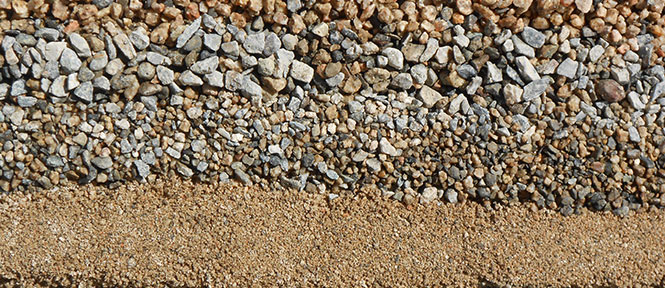
Identifying materials used in production of Concrete Masonry Units (CMU) and the properties they have that make them suitable for use in production.
Materials used in Concrete Masonry Units
Materials used to produce CMU are composed of cementitious materials (10-15%), water(5-10%), admixtures(>1%) and aggregates(75-85%).
- Normal Weight Aggregates - [ASTM C33]
- Natural - Sand, Gravel, Crushed Limestone
- Manufactured - Blast/Steel Furnace Slag, Recycled Concrete
- Light Weight Aggregates - [ASTM 331]
- Natural - Pumice, Scoria
- Manufactured - Expanded Clay, Shale Slate
Proportioning of Materials
Proportioning of materials in the mix for CMU is an important stop in producing high quality units. A well proportioned mix can affect a unit's physical properties (compressive strength, unit weight, absorption, durability, appearance, linear shrinkage) so they meet or exceed ASTM C 90 Standard Specification for Load-Bearing Concrete Masonry Units. The most commonly used method to determine the proper proportions is called Fineness Modulus Method (FM Method). The coarser the aggregate, the higher the FM. Knowing the FMs of your aggregates is crucial to calculating the proper proportions when producing CMU. Aggregate blends shouldn't contain excess fines or coarse particles. An excess in fines will lead the mix to require more cement and an excess of coarse aggregate with contain larger interconnecting voids. This is why calculating the right proportions and using quality aggregates is essential in producing a quality CMU.
 800-382-2462
800-382-2462 2318 Moore Road Jonesboro, AR 72401
2318 Moore Road Jonesboro, AR 72401 sales@nettletons.com
sales@nettletons.com Mon - Thurs 7am - 5pm
Mon - Thurs 7am - 5pm